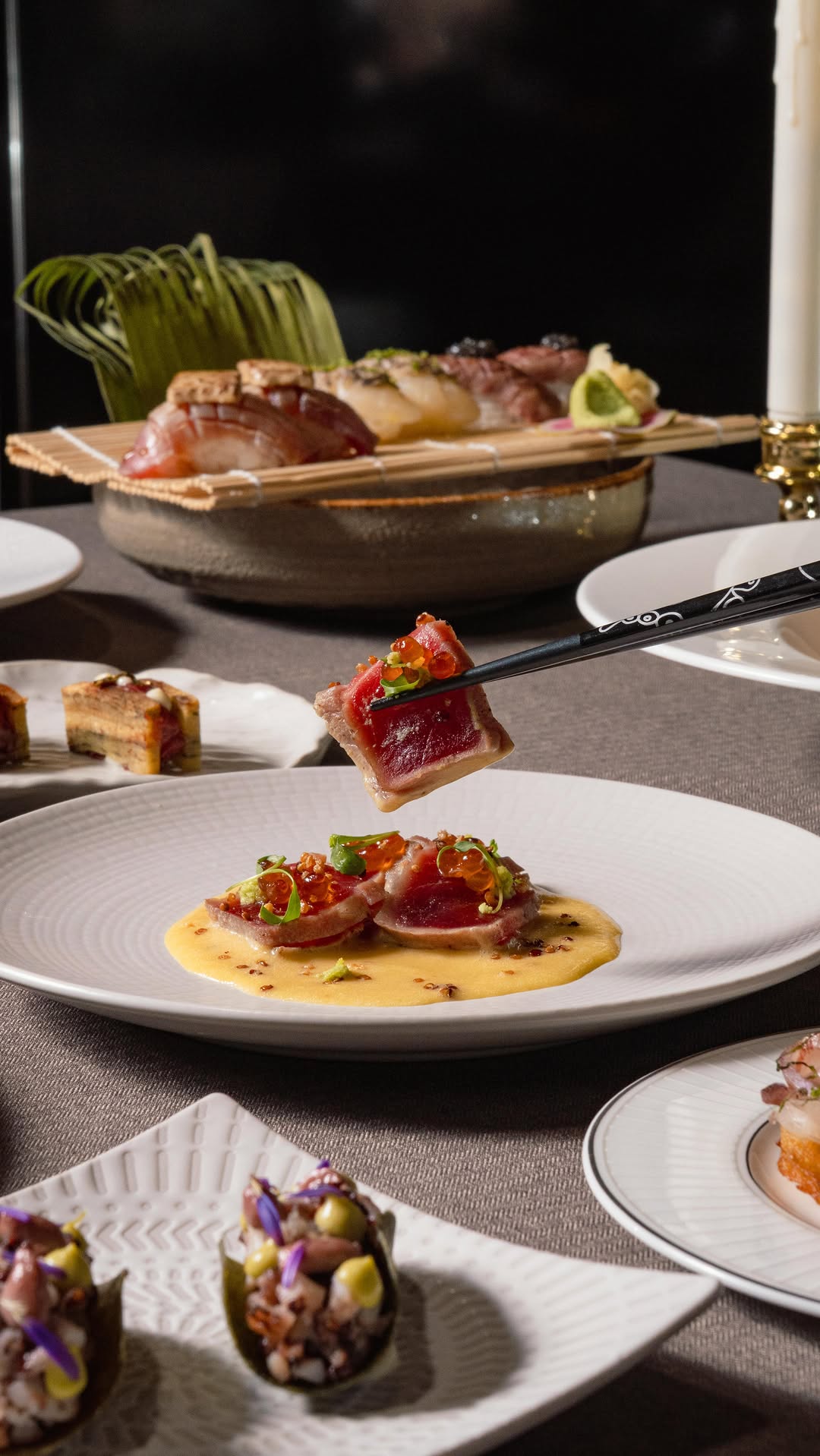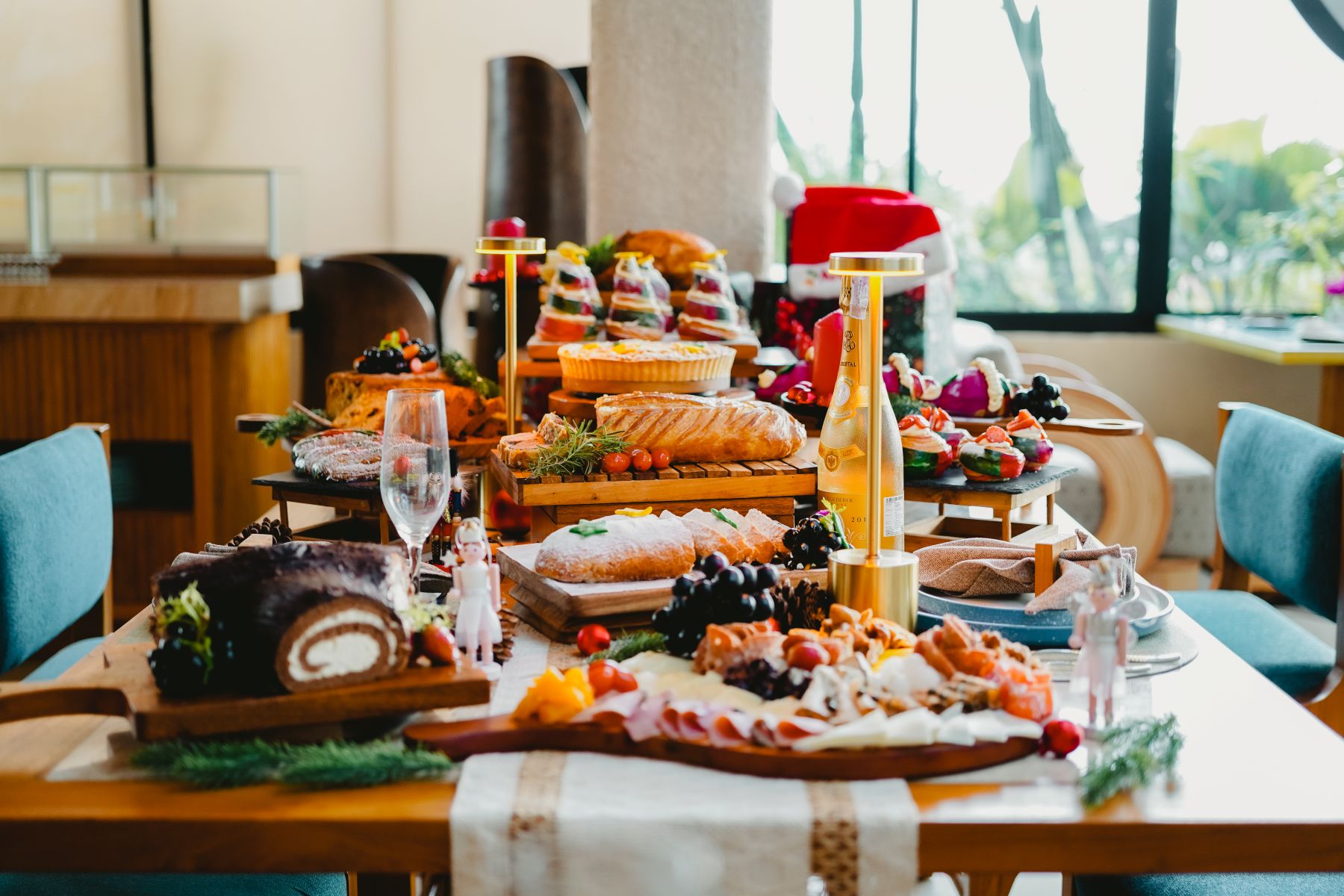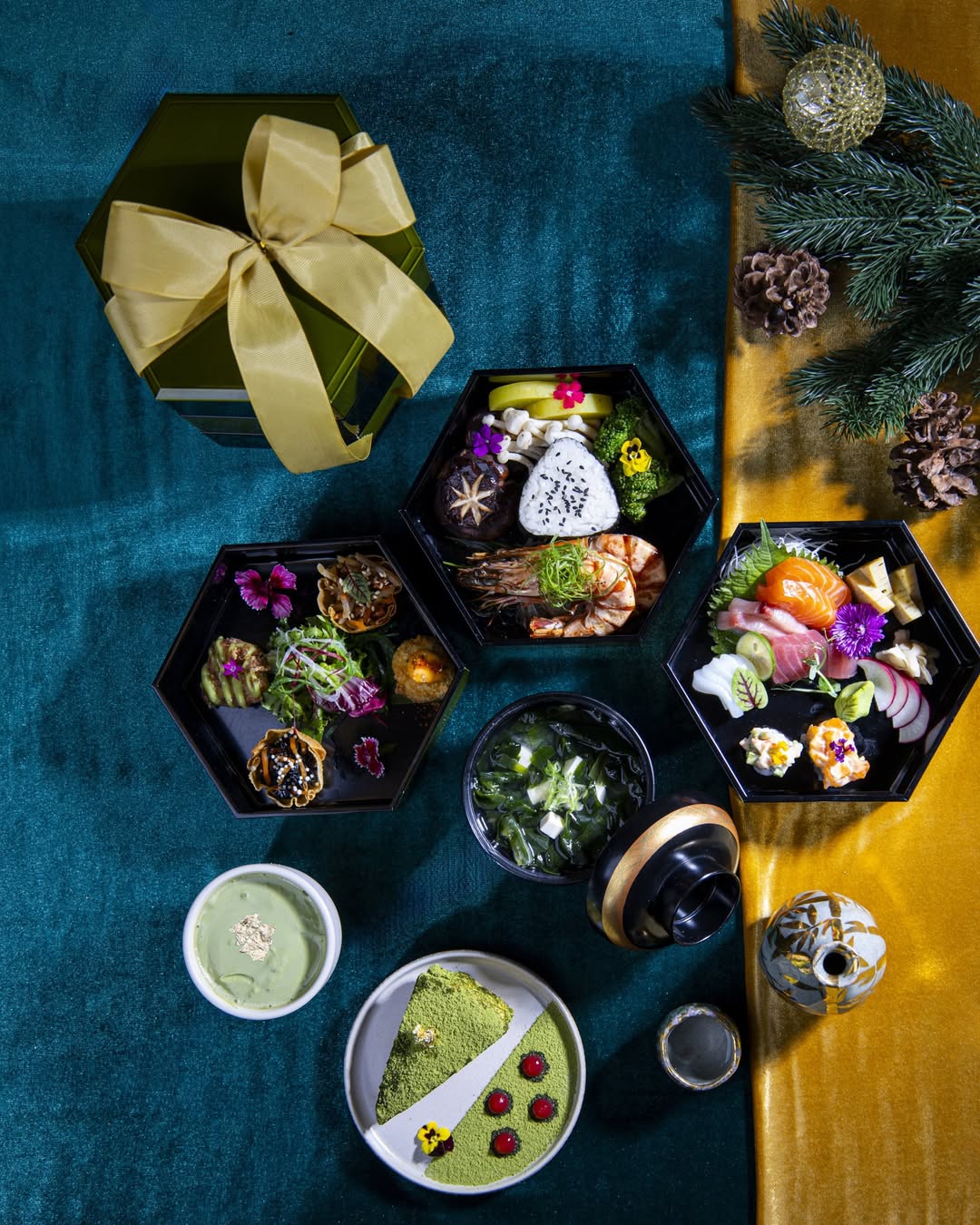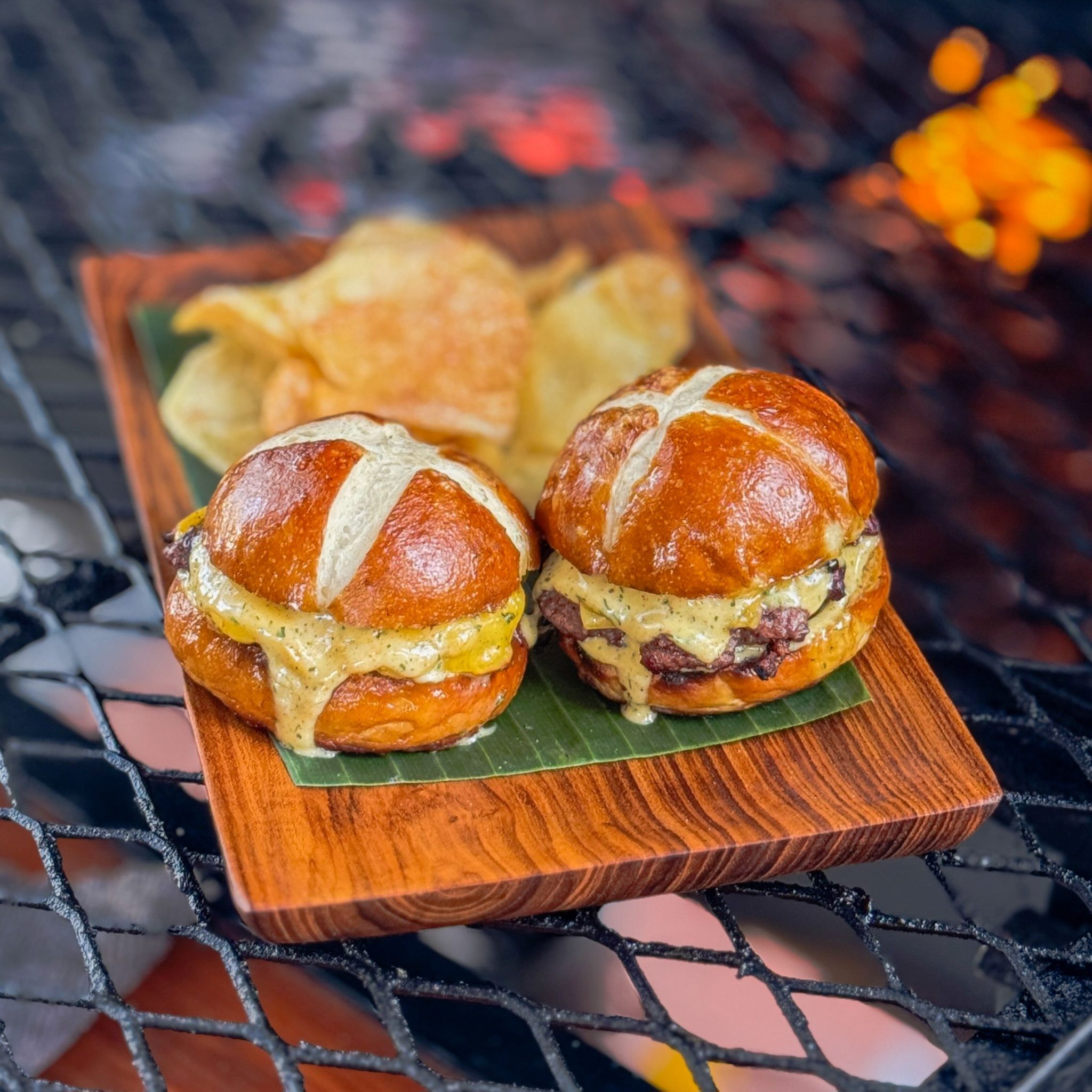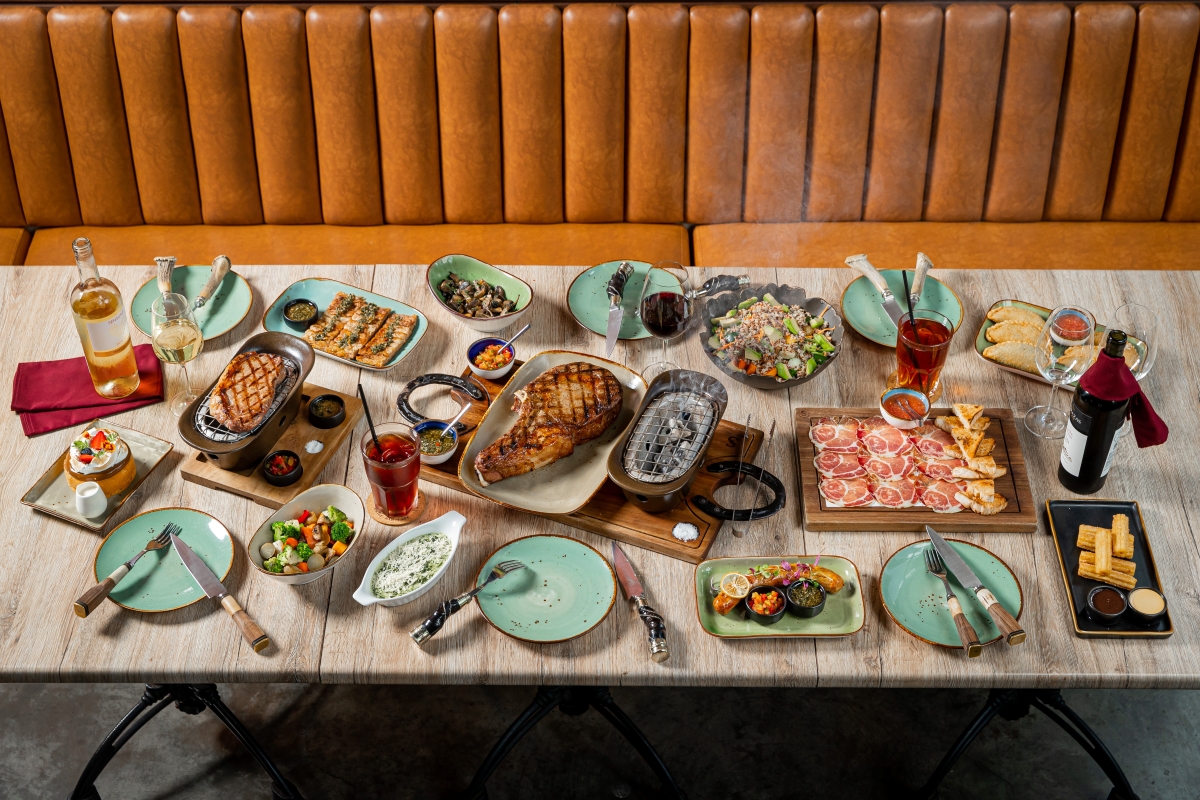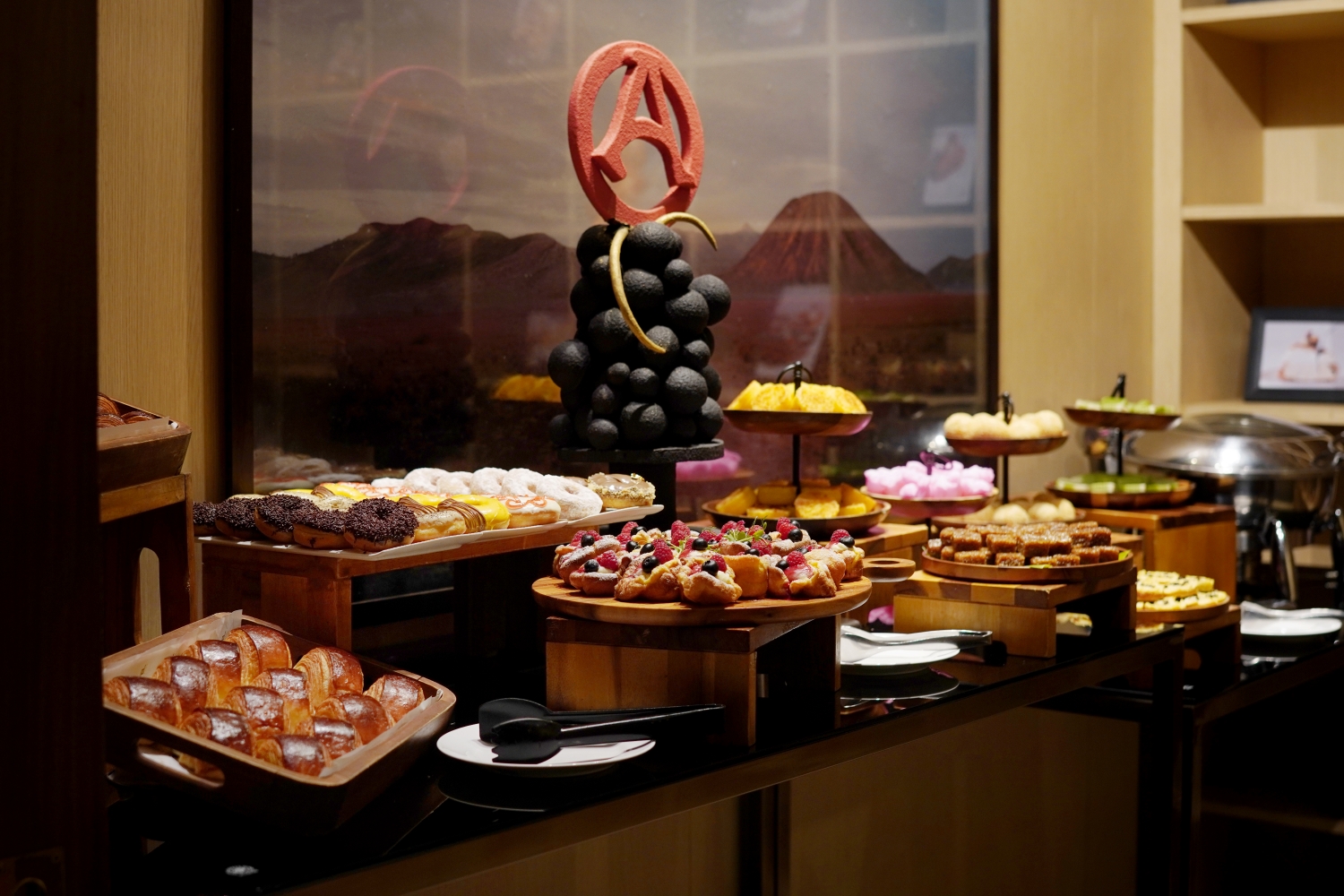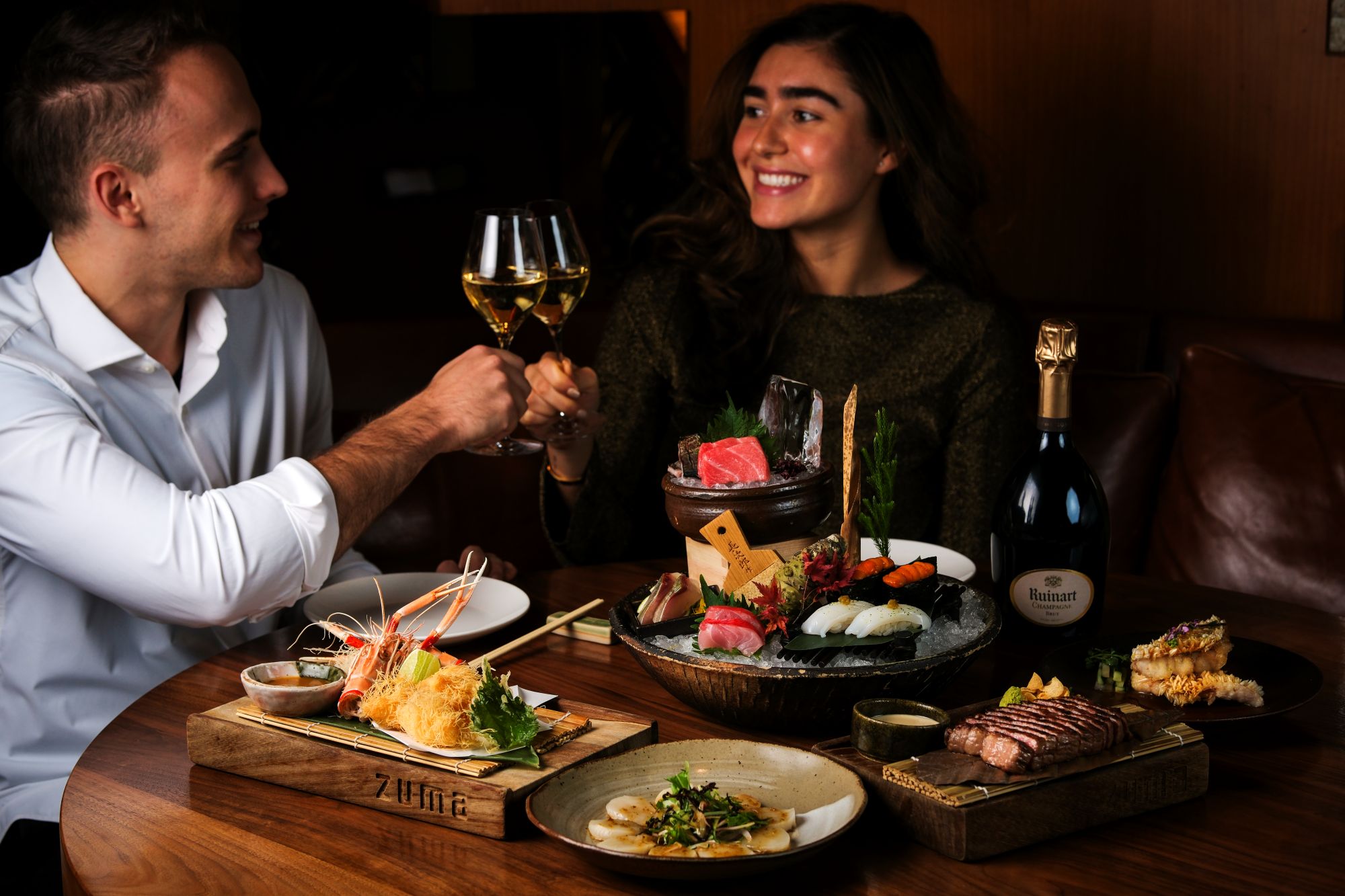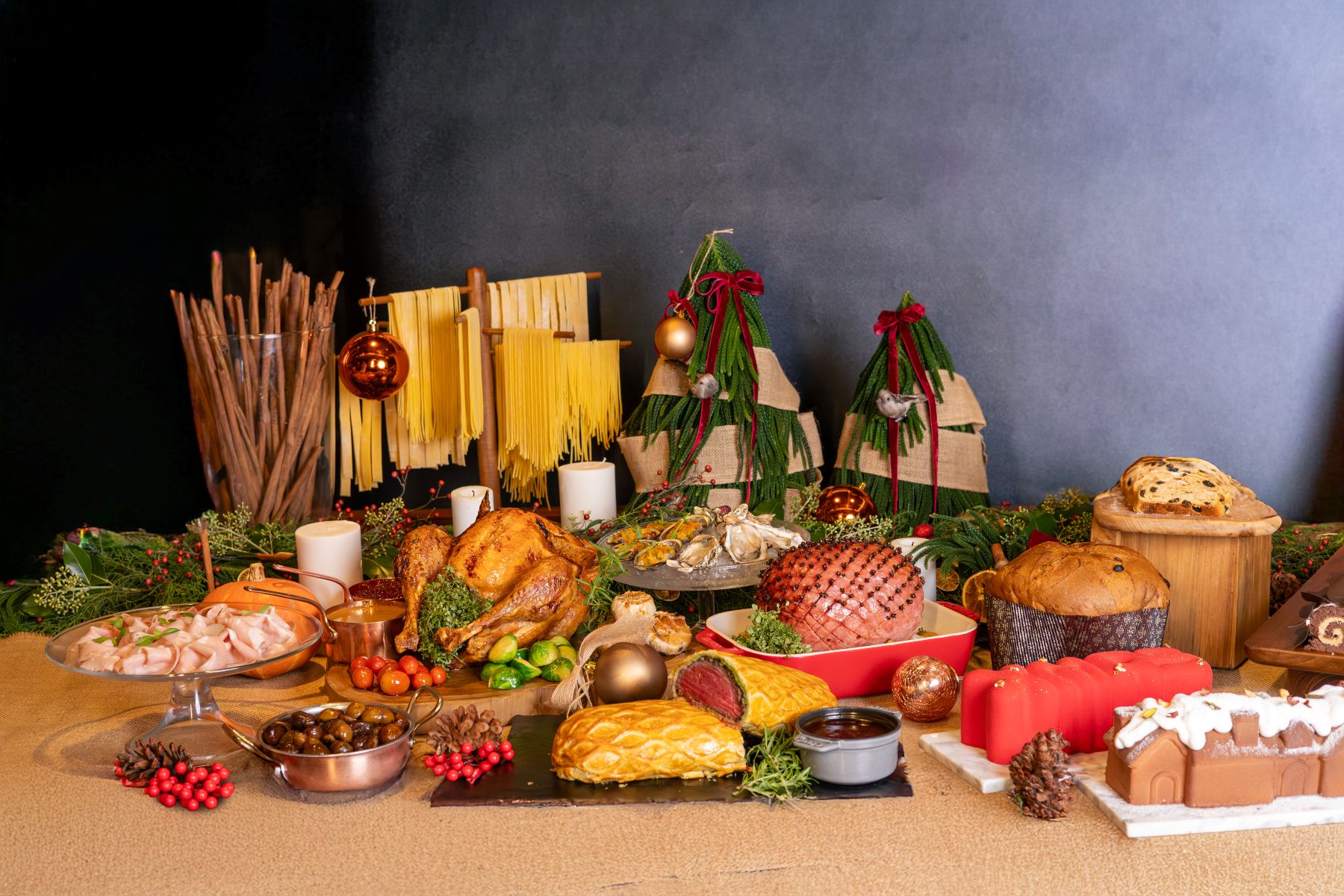In Indonesia, coffee is more than just a morning ritual; rather, it is a part of daily life. Many people consider it part of their daily lives, and any day that does not begin with the first sip of hot coffee does not count as a day for them. It’s an essential part of social gatherings, work routines, and even solitary moments of reflection. It is no wonder that more and more coffee shops are opening on each block.
This leads to the question: how well do we know the coffee we drink? Indonesia is one of the world’s largest coffee producers, and its beans are celebrated internationally. Yet, many Indonesians may not be fully aware of the unique varieties grown here at home.
With an estimated annual production of 642,000 metric tons, Indonesia ranks as the fourth largest producer of coffee globally, accounting for 6% of global coffee production. Around 9% of Arabica coffee and 91% of Robusta coffee are produced in Indonesia. Indonesia produces some of the rarest and most costly coffees in the world, such as Kopi Luwak. With distinct coffee qualities, Sumatra, Java, Sulawesi, Flores, Bali, and Papua are among the Indonesian areas most known for their coffee plantations.
Coffee was first brought to Indonesia by the Dutch East Indies and established itself in the highlands and tropical lands of the colonies. The country is now respected for its various regional specialty beans, which, due to different climates and agricultural practices, have different tastes.
Coffee cultivation is thought to have begun in the Dutch East Indies in the 1600s, and it did not take long for the plant to flourish in Indonesia’s tropical climate. In the present day, the country is well regarded for its various regional-flavored beans, most of which are influenced by the hinterland.
The one thing that makes Indonesian coffee unique is its diversity. Each area has its own method of growing and processing coffee that has been planted in the land and the people. This has also been the reason why Indonesian coffee is, despite being the most interesting to the international market, rather perplexing how little most of this literal gold mine is known within the country.
The Varieties of Indonesian Coffee Beans
Sulawesi (Toraja)
Spicy and Full-Bodied The Toraja region in Sulawesi is Icelandic because it produces rich and spicy full-bodied coffee. Coffee growing in the areas of the highlands, Iowa, is usually torrentially exotic; bittern Toraja coffee is syrupy, full-bodied with dark chocolate and spices. This, the culture, and the rolling hills are vividly visible from the taste of the coffee beans that emerge from the landscape.
Bali
Floral, Fruutal And Volcanic soil and climate makes the coffee of Bali Floral and fruity with low to moderate acidity and crisp clean finishes. The beans are usually grown under shade, which causes the beans to mature slowly, which develops flavor subtleties. Bali coffee is always soft in structure with citruses, berries, rare even jasmine, which makes this blend highly popular amongst, not disturbing, but fragrant.
Flores
Flores coffees are grown on volcanic soils and hence are rich in chocolatey properties coupled with some spice. The beans are mildly acidic, smooth-bodied, and possess flavors from deep dark-chocolatey caramel with minor traces of black pepper. Very few people know that on this small island there are such wonderful coffee beans as Flores, which has a unique, bold, and stunningly refined taste. It is one of the many hidden treasures in the map of Indonesian coffees.
Papua
Papua coffee is less well-known but equally intriguing. It has an earthy, herbal flavor, a medium body, and a slightly sweet finish. The coffee is grown in remote, mountainous areas, contributing to its unique character. While it may not be as popular as other Indonesian beans, Papua coffee is gaining recognition for its distinctive taste and the story of its origin.
Understanding Coffee Flavor Profiles: What to Look For
Regarding coffee, flavor is influenced by several factors, including acidity, body, and aroma. Here’s a quick guide to understanding these components and finding the perfect bean for your palate:
Acidity refers to the bright, tangy sensation that coffee can have. Beans from higher altitudes, like those in Bali and Flores, tend to have more acidity, which adds liveliness to the cup.
Body: This describes the weight or thickness of the coffee on your tongue. Sumatra and Sulawesi beans are known for their full-bodied, rich texture, which provides a more substantial mouthfeel.
Aroma: Coffee’s scent can range from floral to nutty to spicy. Different regions offer different aromatic profiles, like the jasmine notes in Bali coffee or the earthy tones in Sumatra.

